5 Use Cases for Augmented Reality in Healthcare
Augmented reality (AR) differs from virtual reality (VR) by supplementing a view of the real world with visual and auditory overlays instead of creating a seamless virtual world. AR technology can enhance the experience of frontline workers by giving them access to information while they are in the field through a wearable, such as a headset, that is connected to a mobile device or laptop.
As the healthcare industry has been facing challenges created by the pandemic, AR has become a useful tool for making medical workers’ jobs easier and safer through human/machine interaction that reduces the need for physical proximity and contact.
Now that hospitals and medical centers have experienced the benefits of AR, it is likely to continue gaining traction even after the pandemic is under control. According to MarketsandMarkets, the AR and VR market for healthcare is predicted to grow at a rate of 30.7% per year up to 2025. The potential to reduce healthcare costs is one market driver, but AR is also growing in popularity because of its many use cases, from supporting surgeons during procedures to giving patients better access to care.
Here’s an overview of 5 healthcare use cases for Augmented Reality:
1) Surgical Assistance
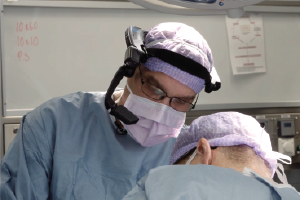
Augmented Reality can be used to create 3-D models of organs or tumors that can be used as a reference during surgery. The surgeon can view the model through a hands-free headset for increased accuracy when planning out and performing the surgery. The headset makes the model appear to hover as a hologram over the surgical field.
On-screen notation can also be used to guide the surgeon. Directions for making incisions and other surgical procedures can be superimposed on a real-time image of the patient’s body so the surgeon can see and follow the correct, planned path of the surgery.
2) Remote Guidance
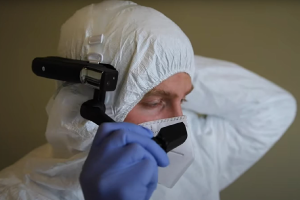
With Augmented Reality, a doctor can receive remote guidance from an expert no matter where they are located. Two-way audio and video accessed through a headset enables both doctors to see the same view of the patient and procedure. A specialist can guide the doctor through an examination or surgery in real time, giving the patient access to expertise and a chance at a better outcome.
3) Virtual Training
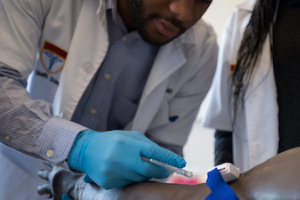
Medical students and new residents can benefit from virtual training through Augmented Reality. A remote mentor can share the student’s view and give advice on the procedure or diagnosis from another location. For example, students can watch a doctor perform a suturing procedure or have the doctor coach them as they do it. Directions can be relayed through the headset. Medical students benefit from the process of “learning by doing” and gain hands-on experience with less risk to patients.
4) Diagnosis and Thermal Imaging
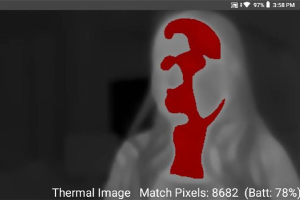
Augmented Reality aids in patient diagnoses by allowing healthcare providers to gather detailed information about the patient. Full-body scans can be performed to visualize and uncover symptoms. Thermal imagining can be used to assess a patient’s temperature. Conducting diagnoses through AR reduces the need for personal protection equipment (PPE) by minimizing contact between the doctor or nurse and the patient.
5) Telehealth and Proctoring
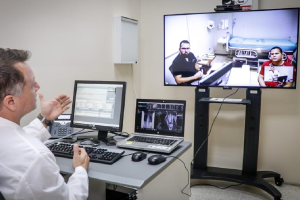
During the pandemic, telehealth has become the preferred way to deliver healthcare because patients don’t need to risk visiting the doctor’s office to receive care. PricewaterhouseCoopers identified telehealth as one of its Top Health Industry Issues of 2021.
Augmented Reality helps to make the telehealth visit more like an office visit. The doctor can remotely monitor vital signs and perform a visual check of outward symptoms. The patient gets a face-to-face experience without the danger of being exposed or exposing the doctor to any contagion.
Ready to learn more? Check out our Augmented Reality Webinar Series with partner PTC!
How to Harness Augmented Reality Capabilities
To take advantage of the benefits of AR, healthcare institutions need the right technology. AR technology creates a connection between humans and machines using a combination of hardware and software. Connected worker technology has the ideal combination of elements for AR.
CBT offers Connected Worker technology as part of our IIoT practice. We have experience working with healthcare organizations and can design custom software to fulfill your unique use cases. By partnering with CBT, you get more than what a systems integrator can offer. We are a Domain Expert Integrator that delivers the information technology and operational technology convergence needed to get the most out of your AR technology.
Explore AR use cases for your organization. Schedule a demo of CBT Connected Worker and imagine the possibilities.
Related Content:
